São Paulo: South America's megacity
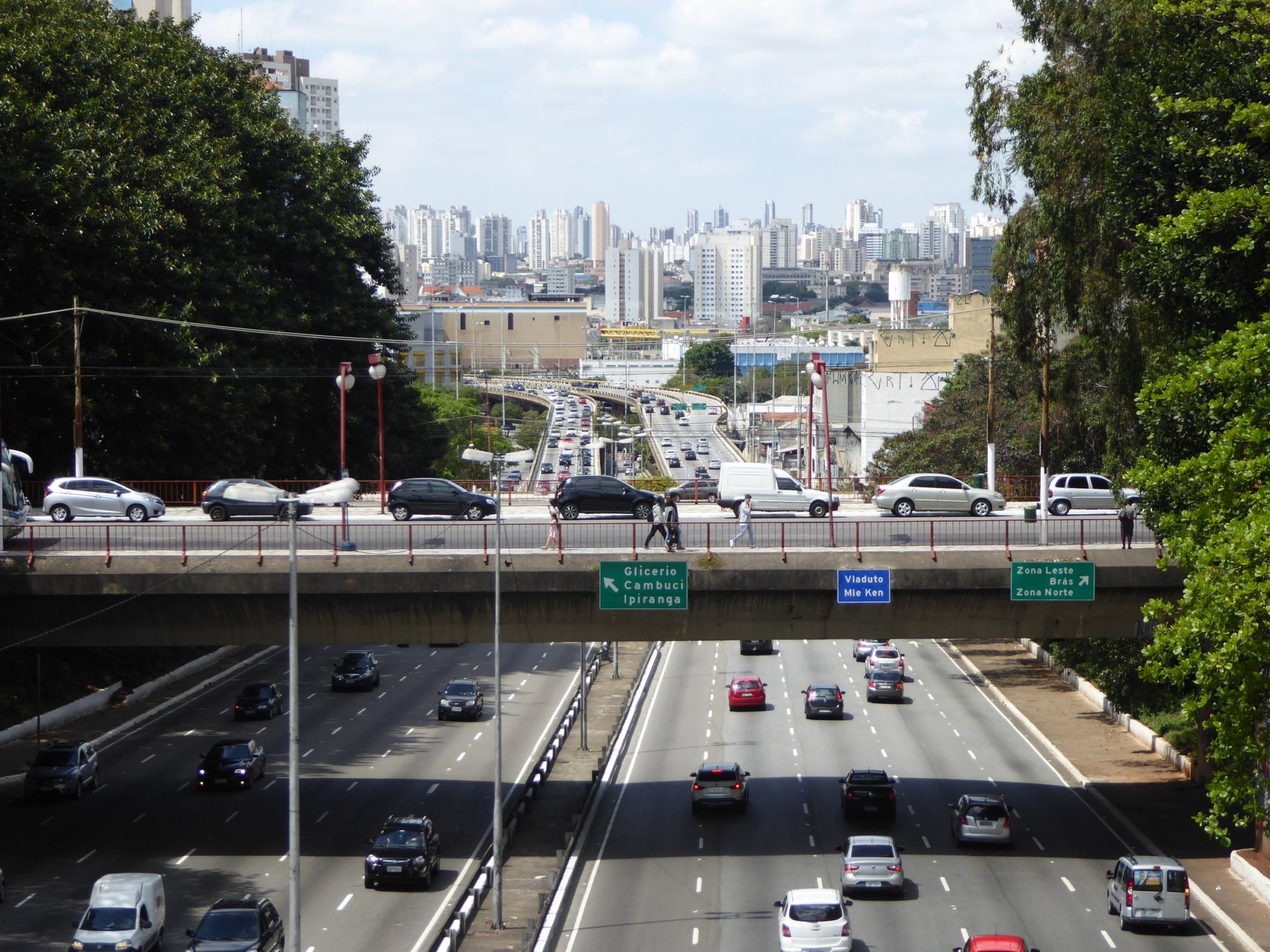
São Paulo isn't really known as a tourist destination, and I can see why. But after nine years of living in London, many of the things that visitors find intimidating about São Paulo - the huge crowds of people, the confusing transport system, the hectic pace of life - felt a little bit like home to me.
Around 12 million people live in the city itself, and a whopping 21 million in the wider metropolitan area, making São Paulo not just the biggest city in South America, but the biggest in the entire Southern Hemisphere. Although it may lack the beachside living and the iconic tourist sights of Rio de Janeiro, São Paulo has a culinary and cultural scene to rival any world city, and we were surprised to find that four days wasn't enough to pack in everything that the city has to offer.
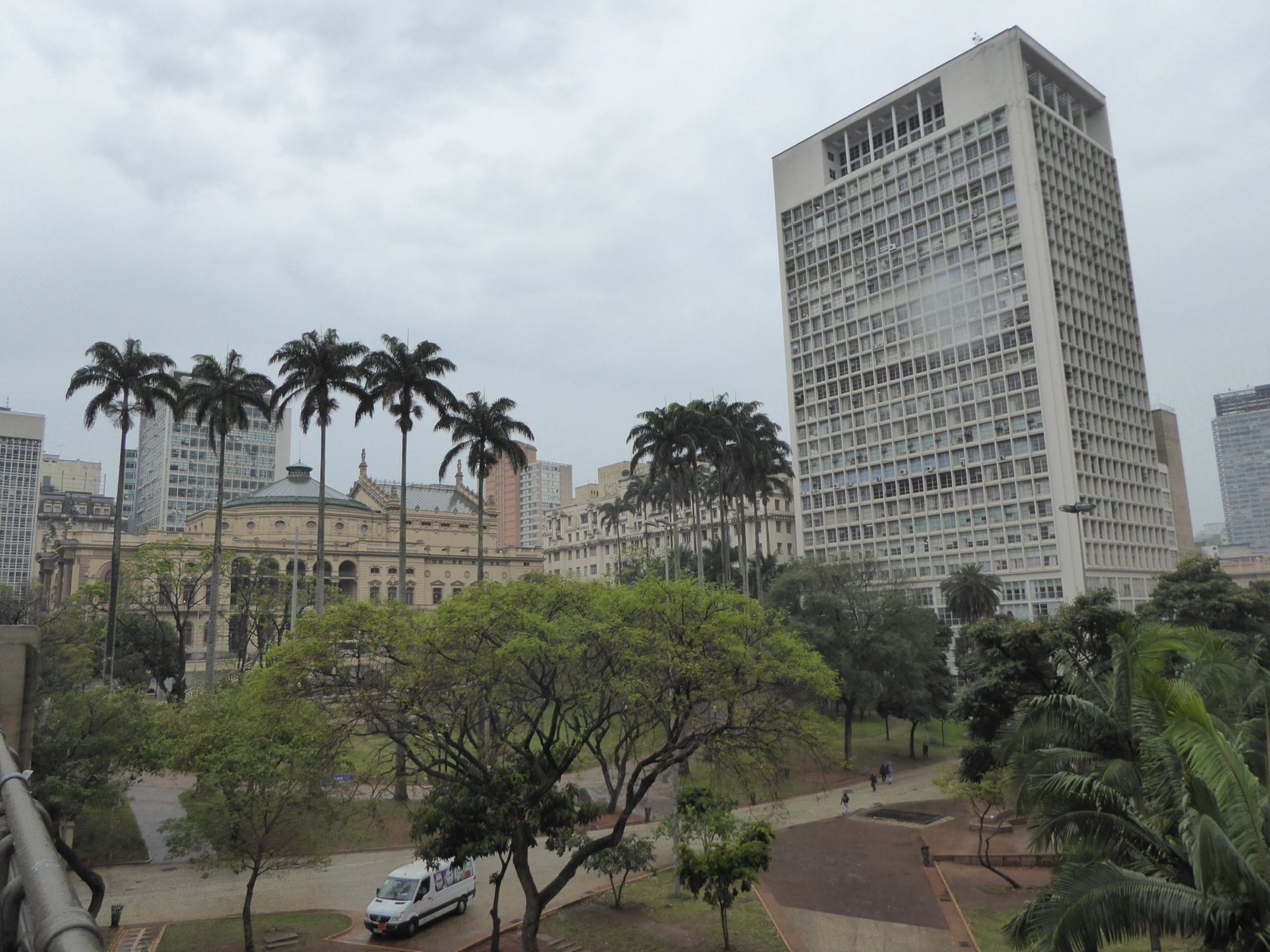
We stayed in the upmarket Jardins district, in a hostel that would have been a real bargain were it not for the bar next door pumping floor-shakingly loud music through our wall every night till 1 AM. Our neighbourhood felt considerably richer and more European than anywhere else we'd been in Brazil, and the leafy streets were full of chic, fashionably-dressed paulistanos that made me feel suddenly rather scruffy in my shorts and flip flops.
In our bathroom there was a sign asking us to be frugal with our water use, as São Paulo is currently facing a serious shortage, but this didn't seem to be the case on our first full day in the city, when it pissed down with rain for about 12 hours straight. The clouds hadn't looked too bad at breakfast time, so we decided to stick with our original plan and joined a free walking tour of the city's downtown area. However, it didn't take long for any lingering patches of blue sky to disappear, and we quickly pulled on our new waterproofs (originally purchased for the Inca Trail in November) as the heavens opened.
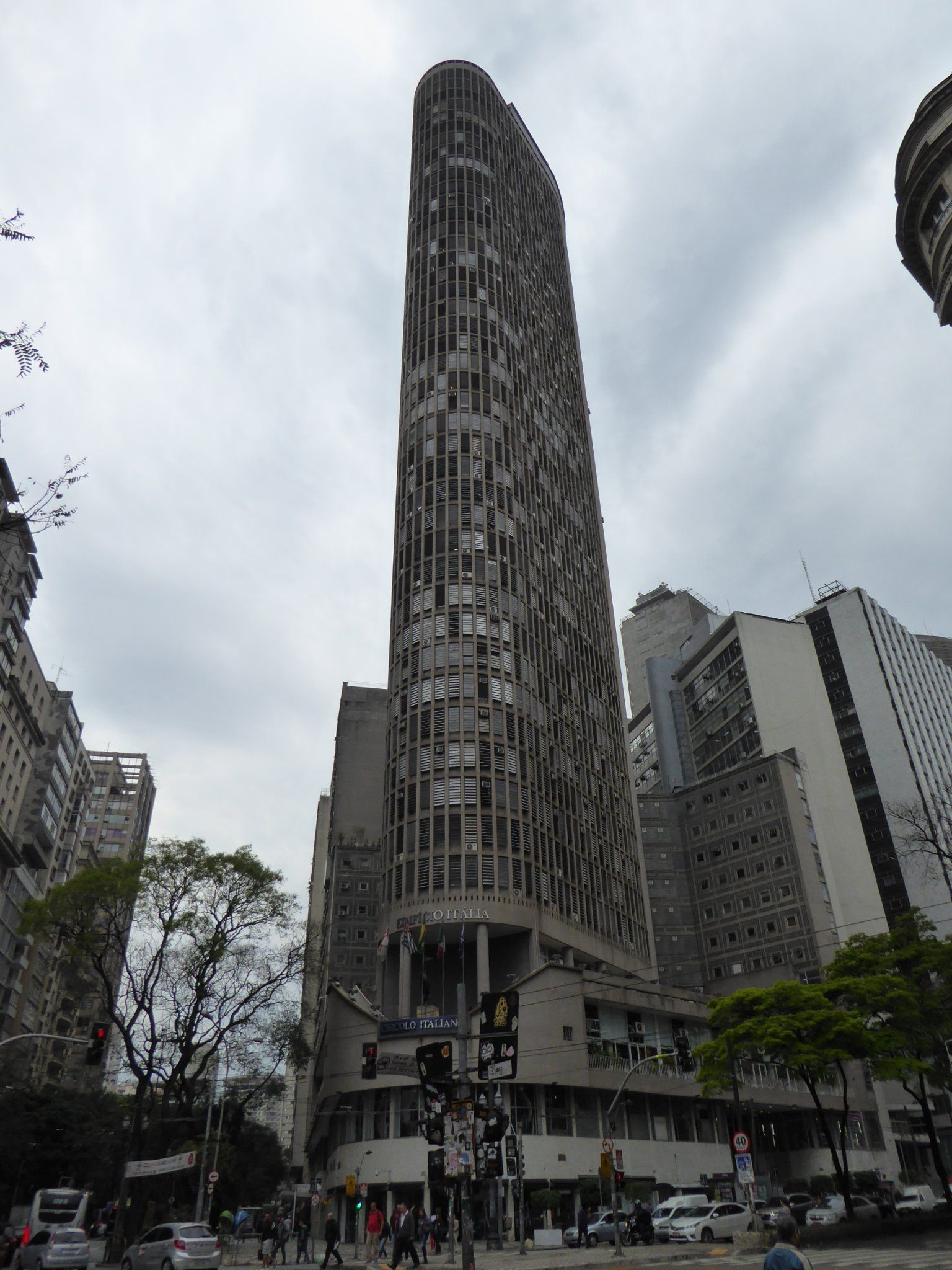
Our indefatigable guide, Denise, did a great job of keeping our energy levels up as she showed us some of the city's notable architecture from the 1950s and '60s, including modernist masterpieces by the likes of Oscar Niemeyer, Brazil's most famous architect. The gloomy grey skies only seemed to add to the impact of these monochrome monoliths, towering over the grimey streets of the city centre. São Paulo has very few of the colonial-style buildings that you see elsewhere in Brazil, and is dominated by the sort of skyscrapers and sprawling multi-lane highways that you'd expect to find in a North American city.
On our walk around the centre we also learnt a little about the history of São Paulo, and how the city grew rich on the back of the coffee industry during the 19th century. After the abolition of slavery in 1888 the plantation owners had to find new sources of labour, and immigrants began to arrive in São Paulo in large numbers, most notably from Italy and Japan. We saw several impressive buildings that had been financed by Italians who had made their fortune in São Paulo, and Denise told us how her own grandparents had come to Brazil from Japan.
The most striking building in downtown São Paulo is the neo-Gothic Sé cathedral, with its soaring spires and large green dome. Almost as striking, however, was the number of homeless people shuffling around the surrounding streets and sheltering from the rain inside the cathedral, a reminder of the yawning chasm between the city's rich and poor. Compared to Rio the poverty in São Paulo is more hidden from the eyes of tourists, as the city's favelas are situated on the outskirts of the city, but there are still plenty of signs of urban decay and neglect in the centre of town.
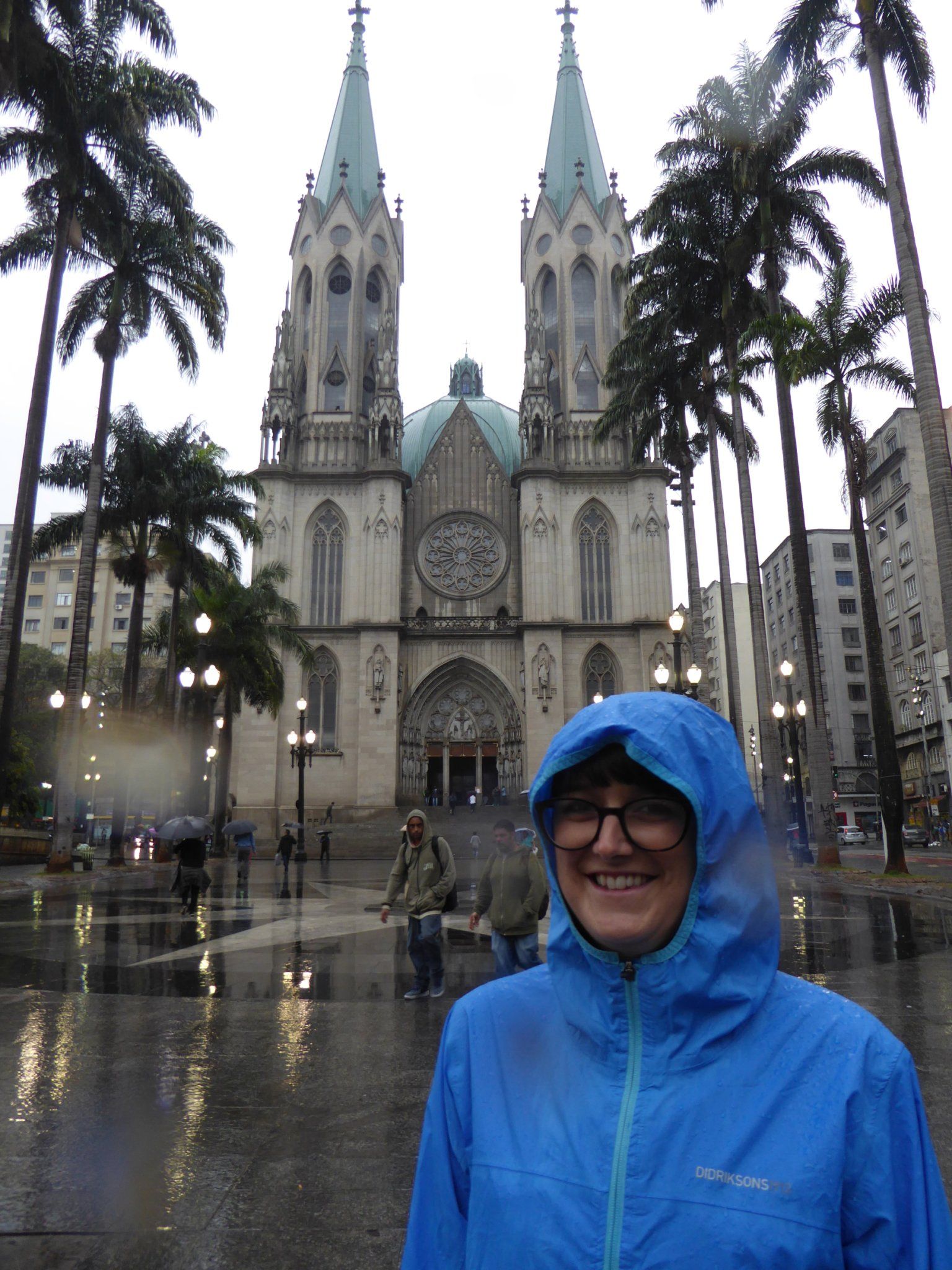
Halfway through our walking tour we stopped for lunch at a snack bar heaving with locals, where Denise introduced us to some of Brazil's tastiest savoury treats. We'd been wondering what the weird cone-shaped things were that we kept seeing in bakeries, and these turned out to be a delicious snack called a coxinha, a kind of deep-fried croquette filled with mashed potato and shredded chicken. We also tried pão de queijo, a type of bread roll stuffed with gooey cheese. Both snacks became staples of our stay in São Paulo, and we wished we'd discovered them a bit sooner.
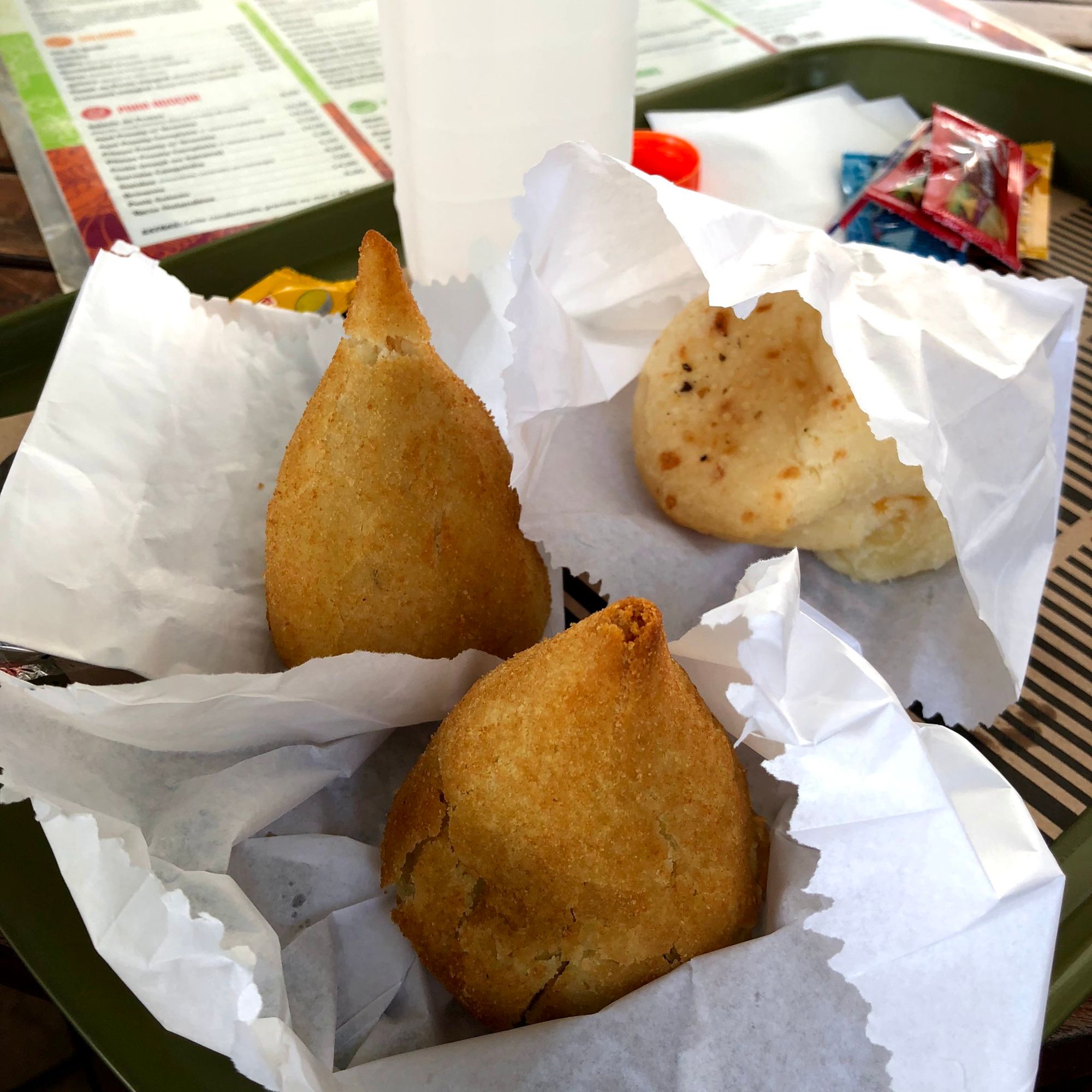
The following day the weather improved, with the sun peeping through the clouds, so we took a walk through the Jardins neighbourhood down to Ibirapuera Park. These wealthy environs couldn't be more different from the gritty downtown, with huge mansions encircled by towering security fences and CCTV cameras, leafy avenues and expensive-looking furniture showrooms. There are some seriously rich people in Brazil, and this part of São Paulo is where many of them live.
Ibirapuera Park is the city's most appealing green space, a popular weekend destination for paulistanos, and the park was full of joggers, dog walkers and picnickers. We walked around the edge of a lake to the Museu Afro Brasil, where entrance is free of charge on Saturdays. Some 3.5 million African slaves were brought to Brazil during the colonial period, ten times the number that were transported to North America, and the influence of both the slave trade and African culture has played a big part in shaping Brazil's national identity. Unfortunately we learnt very little about this at the museum; although it contains an impressive collection of African art and artefacts relating to the slave trade, the exhibits seemed to be arranged in a completely random fashion, with virtually all of the information in Portuguese only. Even with my reasonably good understanding of written Portuguese and the use of Google Translate, we were able to glean very little from the museum, and we left feeling frustrated.
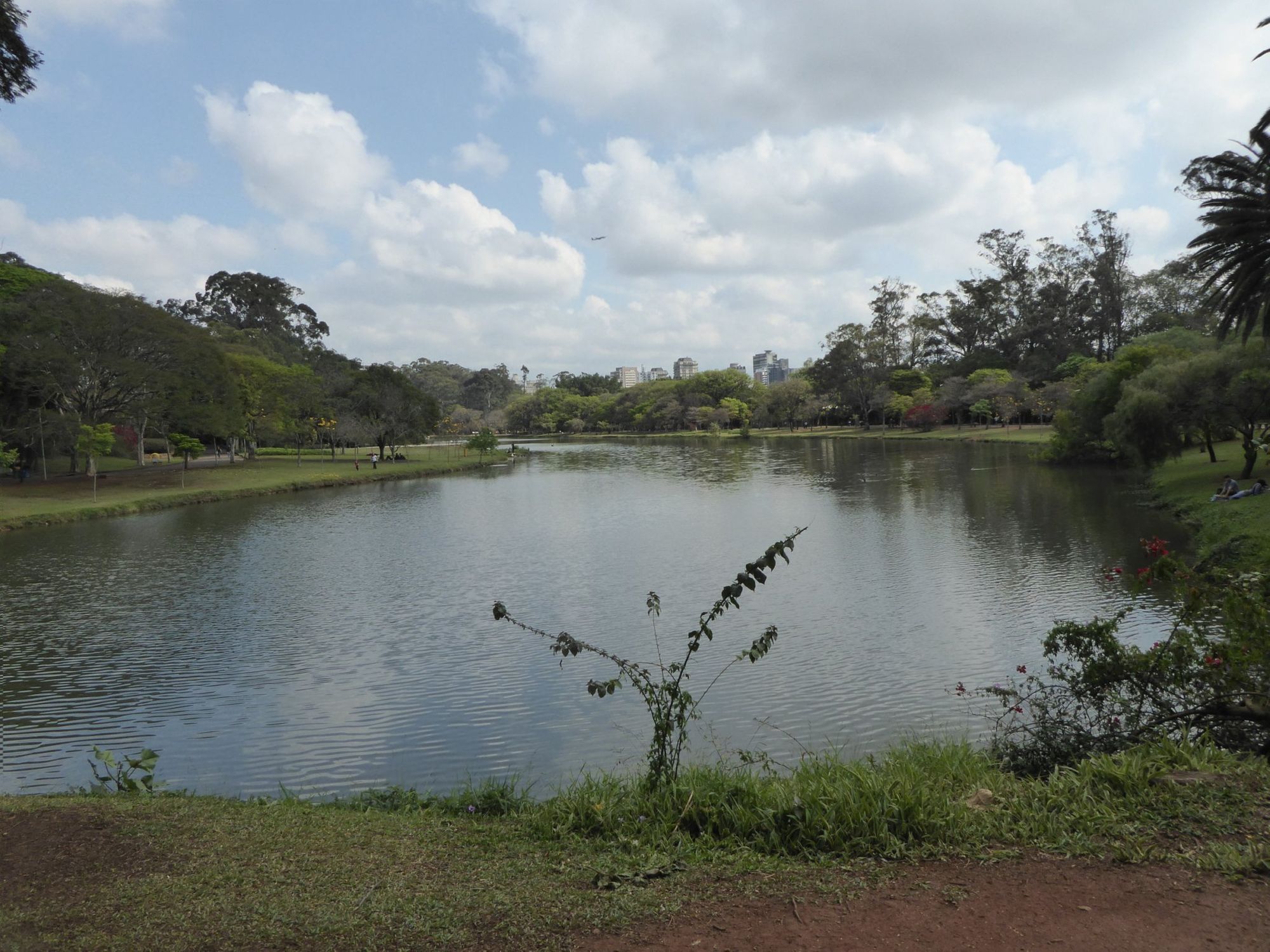
After lunch in the park we took a long walk up to Vila Madalena, one of the city's more bohemian neighbourhoods. Vila Madalena's most famous street is Beco do Batman, or 'Batman Alley', which has become known for the street art that plasters the walls. One of the earliest pieces here depicted the caped crusader, and there are still numerous portrayals of him, along with tropical birds, psychedelic patterns and famous artists reimagined as dogs.
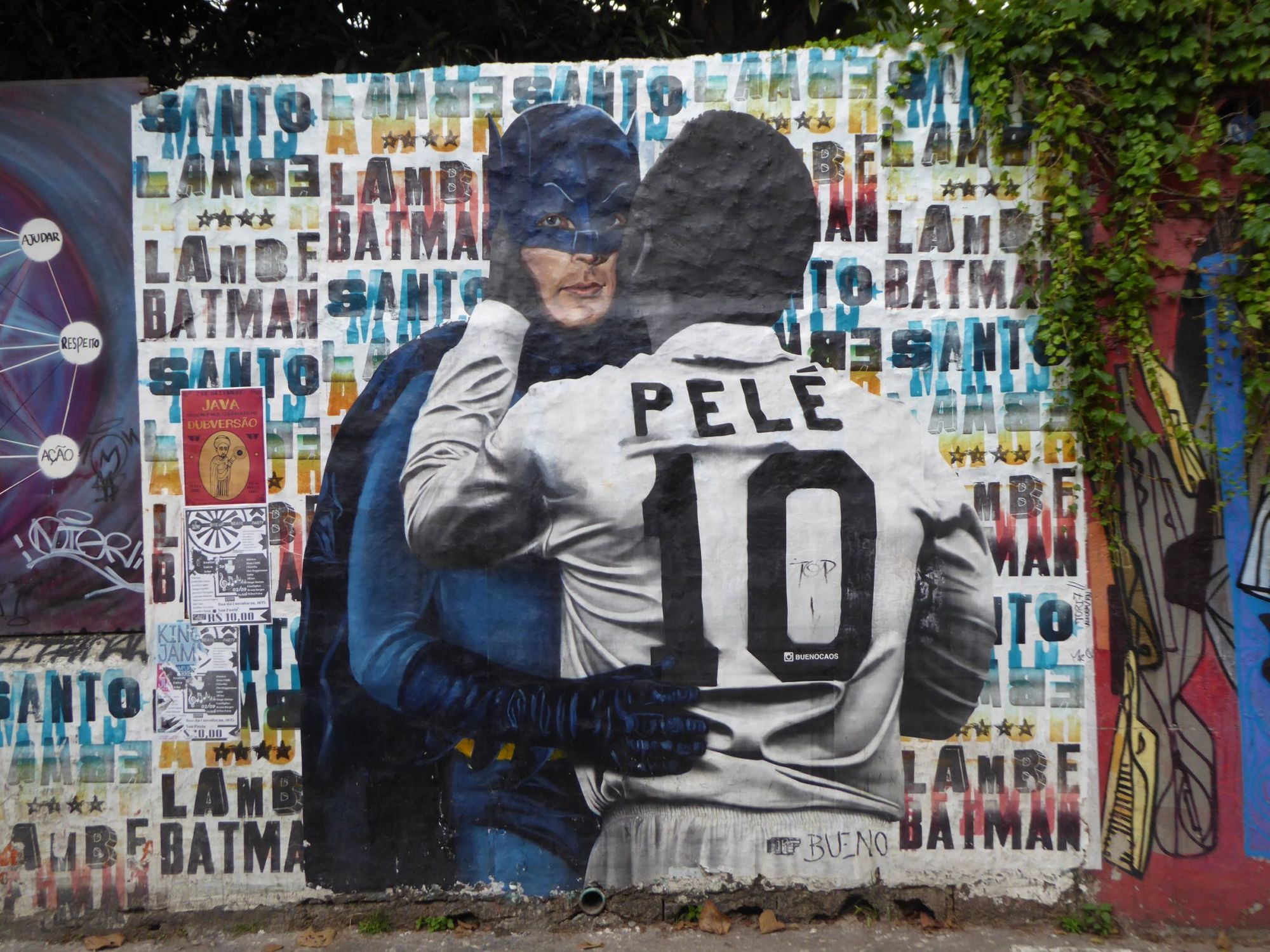
The area was full of beardy hipsters, Instagram poseurs and craft beer bars, and it reminded me a lot of Hackney Wick in London. One of the interesting features of our globalised, networked age is how places like these seem to look the same the world over, and in some ways São Paulo seemed to have more in common with other big global cities like London and New York, rather than with the rest of Brazil.
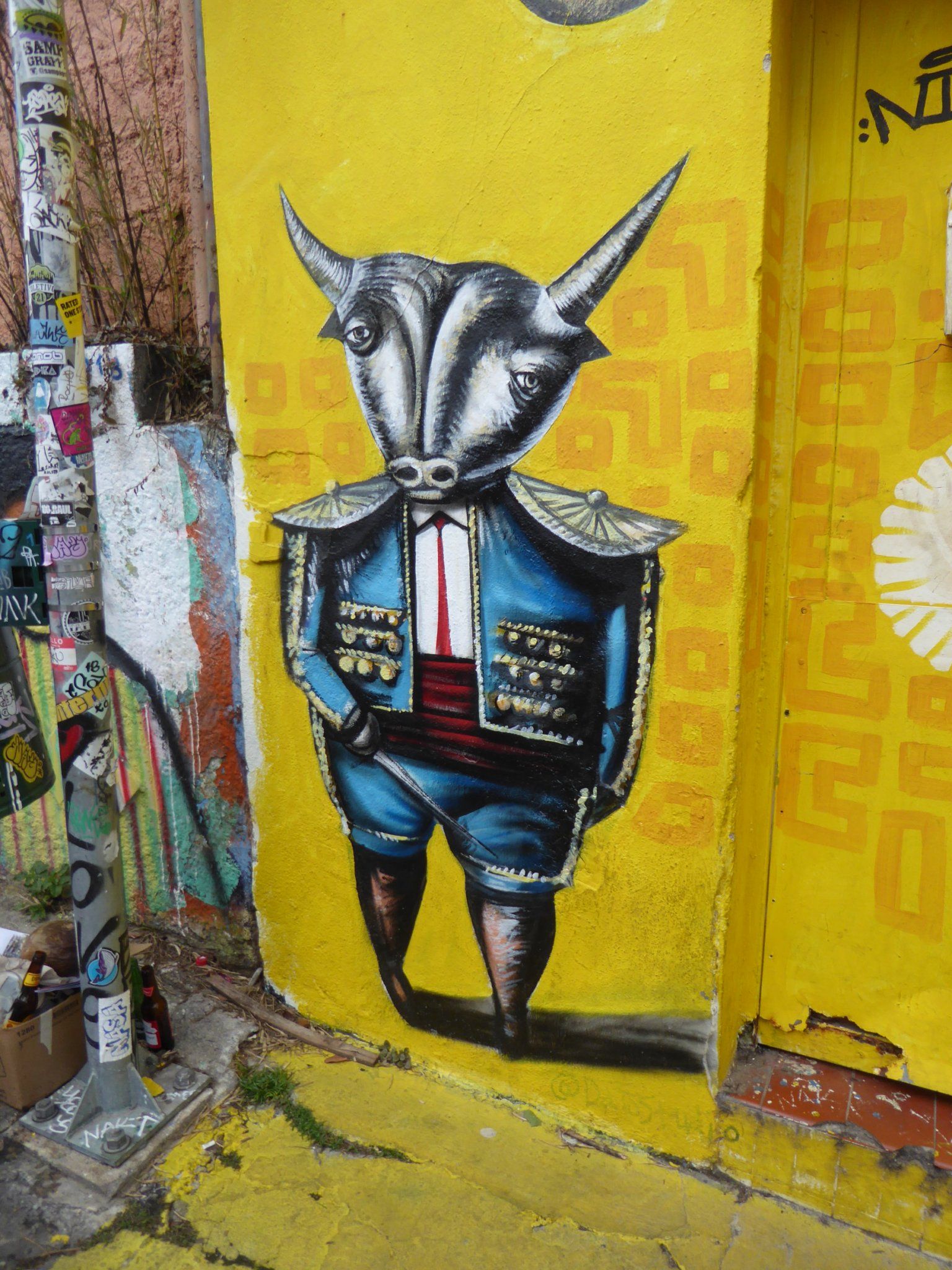
Although we mostly navigated São Paulo on foot or on the super-cheap Metro (a single journey costs approximately 75p!), this is a city where the car is king, criss-crossed by expressways thundering with traffic all day long. On Sundays, however, the city's main thoroughfare, the eight-lane Paulista Avenue, is closed to traffic, turning it into a sort of urban Copacabana Beach where the whole city comes to exercise, socialise and party. As we ambled down this canyon of skyscrapers we saw cyclists, skaters, aerobics classes, improvised volleyball courts and even a table tennis competition set up in the middle of the road. As morning became afternoon things got a bit more lively, with boozed-up revellers thronging around bands and DJs blasting out music, and enterprising guys setting up barbecues and stalls selling cold beers.
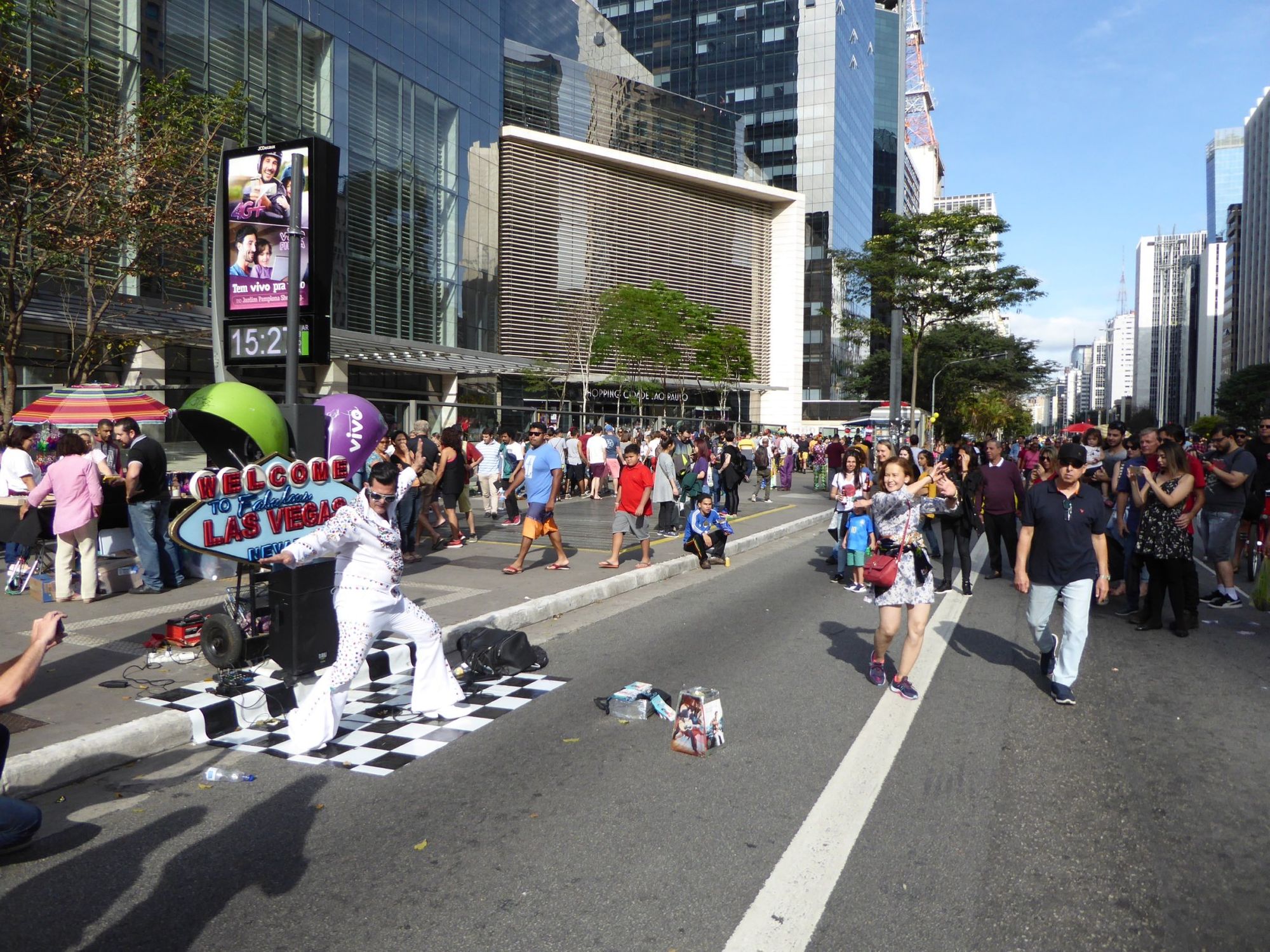
There were also election campaigners, protesters demanding the release of the jailed former president Lula, and perhaps the world's worst Elvis impersonator. The whole place had a real carnival atmosphere, turning a usually busy and pedestrian-unfriendly road into a space for people to enjoy themselves. It would be great to see something similar back home in London.
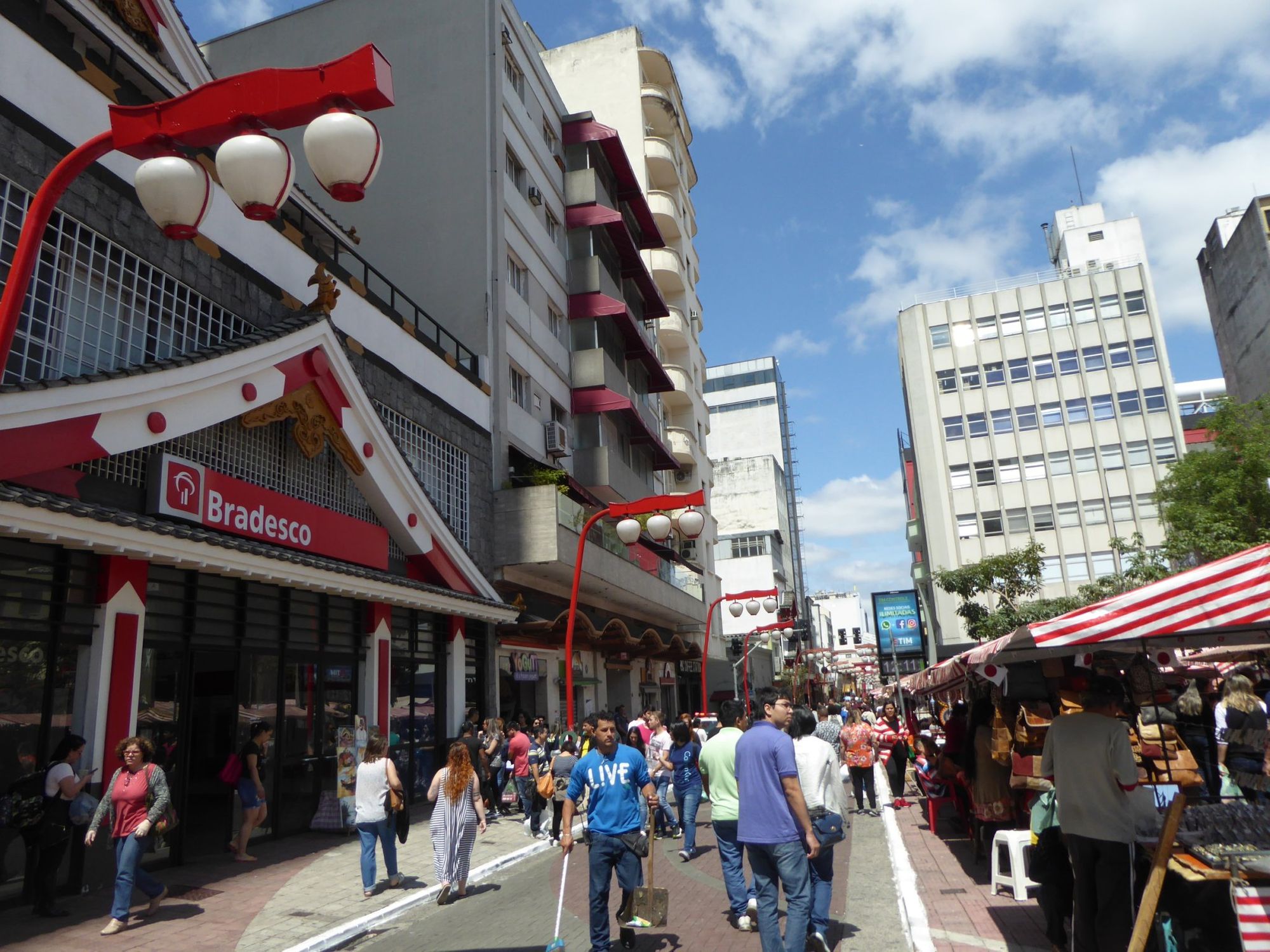
Another popular weekend destination is Liberdade, São Paulo's Japanese quarter. São Paulo is home to the world's biggest Japanese community outside of Japan, and the main square hosts a buzzing market at the weekend. The busiest part of the square is the street food market, where we battled through the crowds to grab some tasty yaki soba noodles. We also tried another typical Brazilian snack, a pastel de bacalhau, a sort of flat pastry filled with cod, plus a couple of Portuguese custard tarts, which I've become a little bit obsessed with since we visited Lisbon last year.
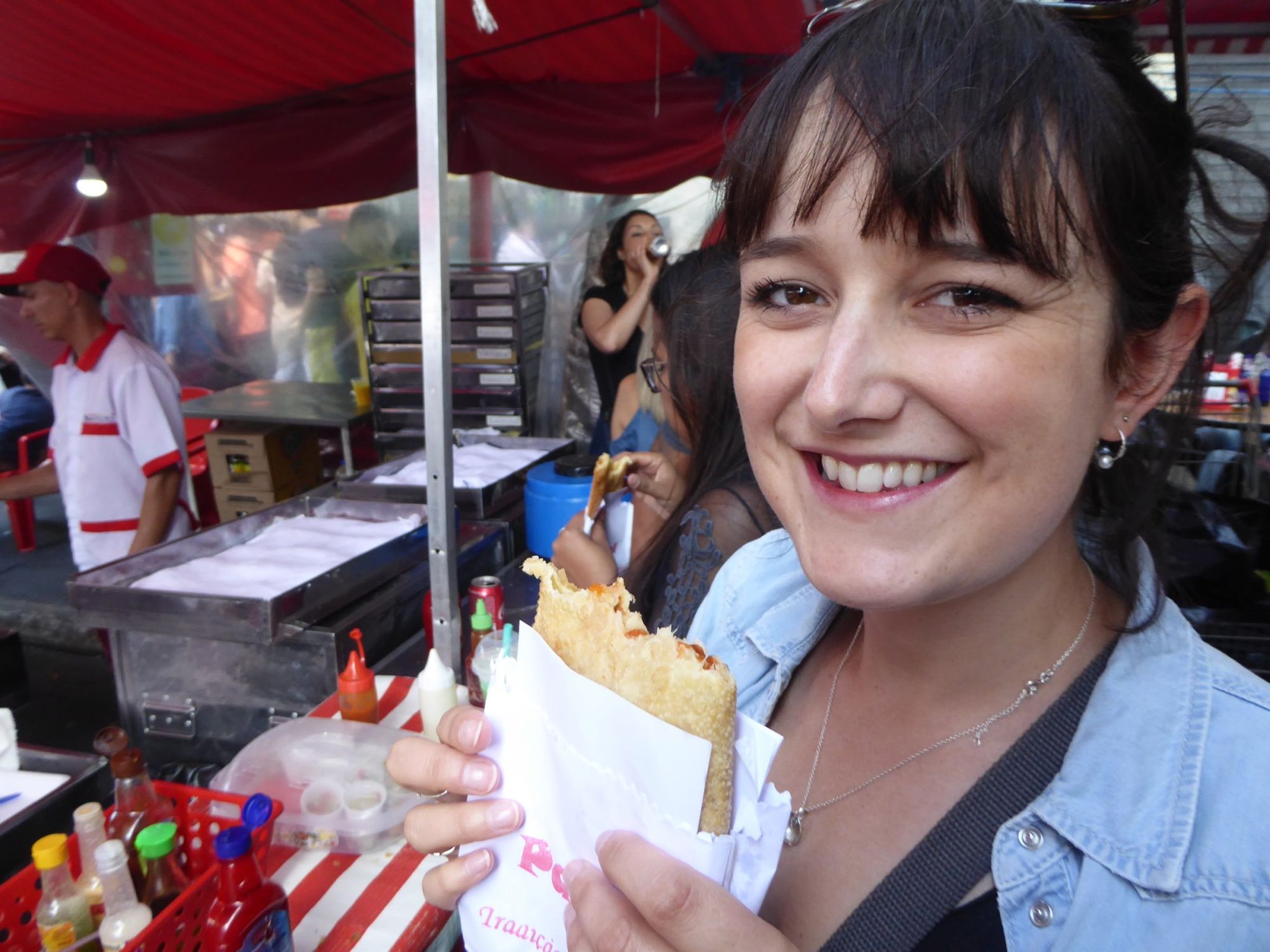
Overall I think São Paulo has been the biggest surprise of our trip so far. I expected it to be vast and overwhelming and a little bit sketchy in places, and all of these things are true. But the Metro makes it easy to get around, the city felt a lot safer than Rio in the main areas that we visited, and I don't think we'll encounter another city in South America with such a variety of museums, restaurants and multicultural neighbourhoods. The best way I can think of to describe São Paulo is that it feels like it should be the capital of Brazil, and I'm sure many of the locals feel that way too.

